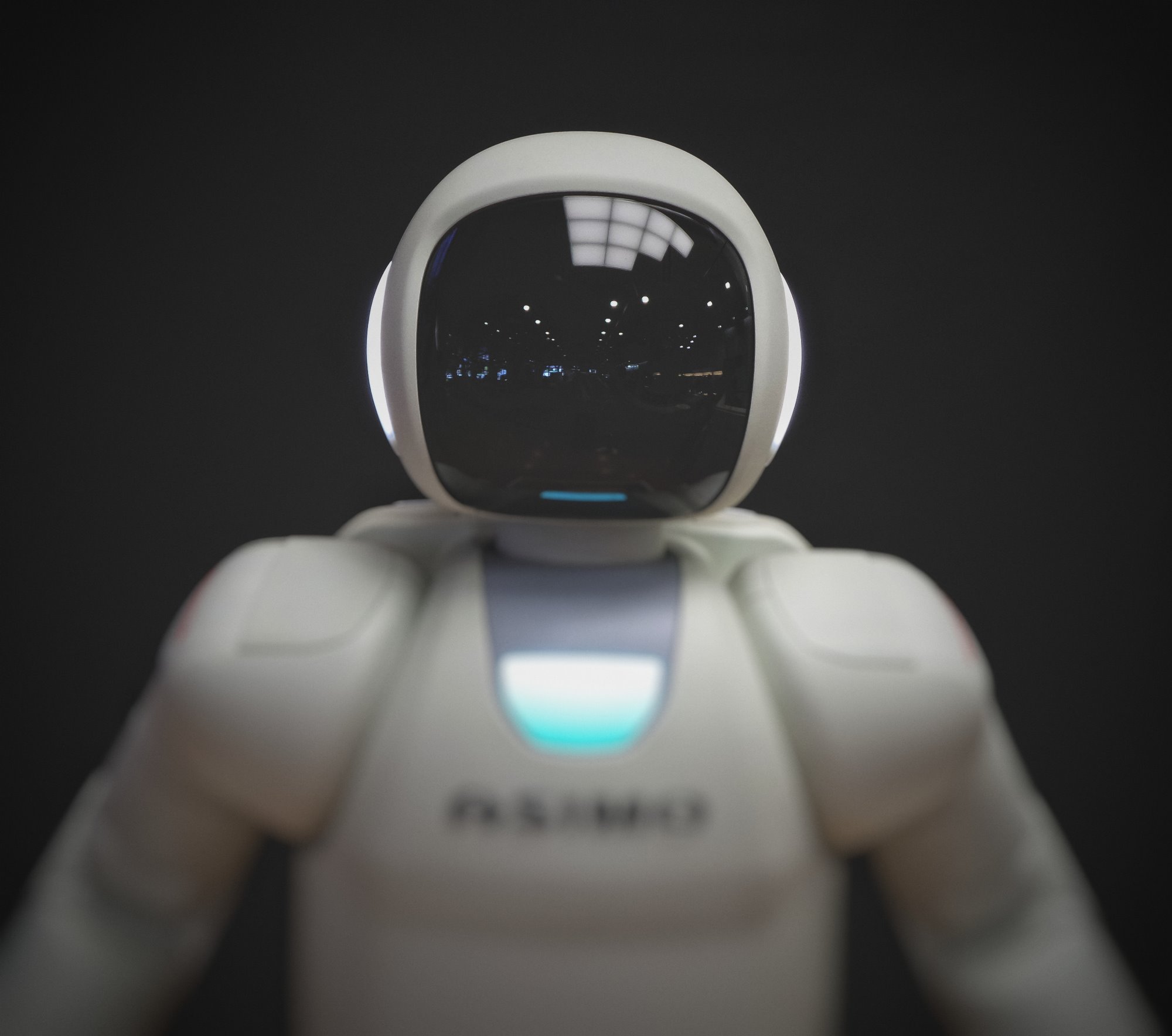There have been many think pieces and twitter threads examining how the “intelligence” component of “Artificial Intelligence” is not real intelligence, or at least not anything like human intelligence. I don’t really want to jump into the debate about what counts as real intelligence, but I think the point about AI not being like human intelligence should be obvious in the “artificial” component of the term. To most, people it probably is – when discussing the concept of AI in an overall sense at least.
Nobody thinks you have to mow artificial grass. No one would take artificial sweetener and use it in all of the same cooking/baking applications that they would with sugar. By calling something “artificial,” we acknowledge that there are significant differences between the real thing and the artificial thing.
But like I said, most people would probably recognize that as true for AI. The problem usually comes when companies or researchers try to make it hard to tell if their AI tool/process/etc is human or artificial. Of course, some are researching if people can tell the difference between a human and their specific AI application (that they created without any attempt to specifically make it deceptively human), and that is a different process.
Which, of course, brings up some of the blurry lines in human/machine interface. Any time you have a process or tool or application that is designed for people to interface with, you want to make sure it is as user-friendly as possible. But where is the line between “user-friendly” and “tricking people into thinking they are working with a human”? Of course there is a facet of intent in that question, but beyond intent there are also unintended consequences of not thinking through these issues fully.
![]() Take C-3P0 from Star Wars. I am sure that the technology exists in the Star Trek universe to create robots that look like real humans (just look at Luke’s new hand in The Empire Strikes Back). But the makers of protocol droids like C-3P0 still made them look like robots even though they were protocol droids that needed to have near perfect human traits for their interface. They mad e a choice to make their AI tool still look artificial. Yes, I know that ultimately these are movies and the film makers made C-3P0 look the way it did just because they thought it was cool and futuristic looking. But they also unintentionally created something I would call a “C-P30 Rule” that everyone working with AI should consider: make sure that your AI, no matter how smoothly it needs to interface with humans, has something about it that quickly and easily communicates to those that utilize it that it is artificial.
Take C-3P0 from Star Wars. I am sure that the technology exists in the Star Trek universe to create robots that look like real humans (just look at Luke’s new hand in The Empire Strikes Back). But the makers of protocol droids like C-3P0 still made them look like robots even though they were protocol droids that needed to have near perfect human traits for their interface. They mad e a choice to make their AI tool still look artificial. Yes, I know that ultimately these are movies and the film makers made C-3P0 look the way it did just because they thought it was cool and futuristic looking. But they also unintentionally created something I would call a “C-P30 Rule” that everyone working with AI should consider: make sure that your AI, no matter how smoothly it needs to interface with humans, has something about it that quickly and easily communicates to those that utilize it that it is artificial.
Matt is currently an Instructional Designer II at Orbis Education and a Part-Time Instructor at the University of Texas Rio Grande Valley. Previously he worked as a Learning Innovation Researcher with the UT Arlington LINK Research Lab. His work focuses on learning theory, Heutagogy, and learner agency. Matt holds a Ph.D. in Learning Technologies from the University of North Texas, a Master of Education in Educational Technology from UT Brownsville, and a Bachelors of Science in Education from Baylor University. His research interests include instructional design, learning pathways, sociocultural theory, heutagogy, virtual reality, and open networked learning. He has a background in instructional design and teaching at both the secondary and university levels and has been an active blogger and conference presenter. He also enjoys networking and collaborative efforts involving faculty, students, administration, and anyone involved in the education process.

Love it. Simple, intuitive, and common sensical.
A petty quip with this sentence “No one would take artificial sweetener and use it in all of the same cooking/baking applications that they would with sugar.” — umm think of someone who is diabetic? I cook / bake with Stevia all the time, right now making pizza dough!
But your point is on. Avoid an uncanny AI valley?
Well, we have had to remove most sugar from our house due to my wife’s medical conditions. We have tried a lot of different artificial sweeteners – some work, some work with modifications, and some cause the food to melt to mush. Some of them will tell you they don’t work everywhere that sugar does, and the ones that say they will… well, they lie :)
Stevia is divisive in our house. For some reason, even in the recipes where the food turns out, I just can’t take the aftertaste. My wife loves it, though.
So, it wasn’t meant to be petty – just a statement from our experience.